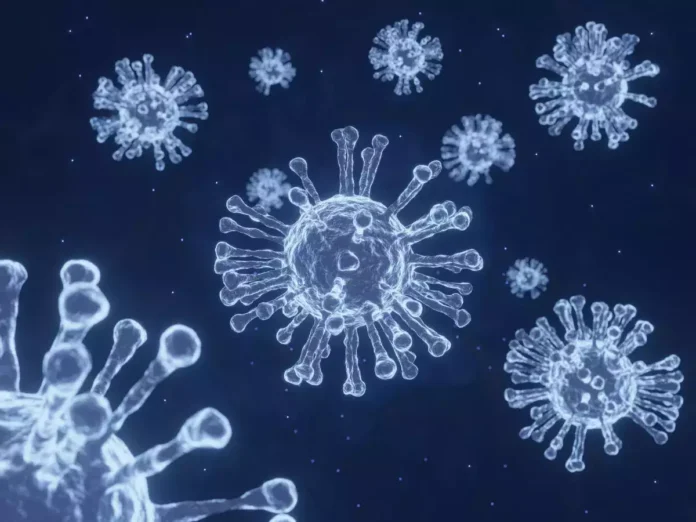The Omicron BA.2.86 COVID-19 variation, known as Pirola, has tripled in cases and accounts for 5-15% of infections. Despite its expanding presence, the CDC and WHO consider this variation a minimal public health risk. To guard against BA.2.86, the CDC and WHO recommend updated vaccinations.
According to the Centers for Disease Control and Prevention, the Omicron BA.2.86 COVID-19 variation, known as Pirola, has tripled in cases in two weeks and currently accounts for 5–15% of all infections.
Pirola, the second most common variation (13%) after HV.1, is mostly found in the northeast US.
On Monday, the WHO upgraded Pirola to “variant of interest,” classifying it alongside four other variants from “variant under monitoring” in August.
Despite its increased prevalence, the CDC says BA.2.86 is not causing more US infections or hospitalizations. CDC and WHO rate this variation as minimal public health risk compared to others.
The FDA-approved modified COVID-19 vaccinations introduced in September may protect against BA.2.86, as well as other variations. Richard Reithinger, PhD, a distinguished research fellow in the Global Health Division at International Development Group in Washington, DC, told Fox News Digital, “To date, existing vaccines have been very effective in protecting people, particularly those who have been boosted multiple times through a vaccine or natural infection, not only from symptomatic infection, but importantly from severe disease, hospitalisation and death.”
BA.2.86 may cause various symptoms, but most variants have comparable effects, with severity relying more on immunity than the variant, according to the CDC. The variation should be identifiable and treatable by current diagnostics.
Although the pandemic is finished, Reithinger stressed that COVID-19 remained a threat. Due to its 35 spike protein mutations, BA.2.86 may elude immune responses, but early clinical data suggests otherwise. He encourages high-risk groups to continue preventative measures and ask doctors about boosters.
Conclusion
According to the Centers for Disease Control and Prevention, the Omicron BA.2.86 COVID-19 variation, known as Pirola, has tripled in cases in two weeks and accounts for 5-15% of all infections. After HV.1, pirola is the second most common variation in the US northeast (13%). WHO upgraded Pirola to “variant of interest,” from “variant under monitoring.” Despite its increased prevalence, the CDC and WHO consider this variation a minimal public health risk. The FDA-approved modified COVID-19 vaccinations may protect against BA.2.86, as well as other variations. Due to its 35 spike protein mutations, BA.2.86 may avoid immune responses, making COVID-19 a concern even when the pandemic is over.



